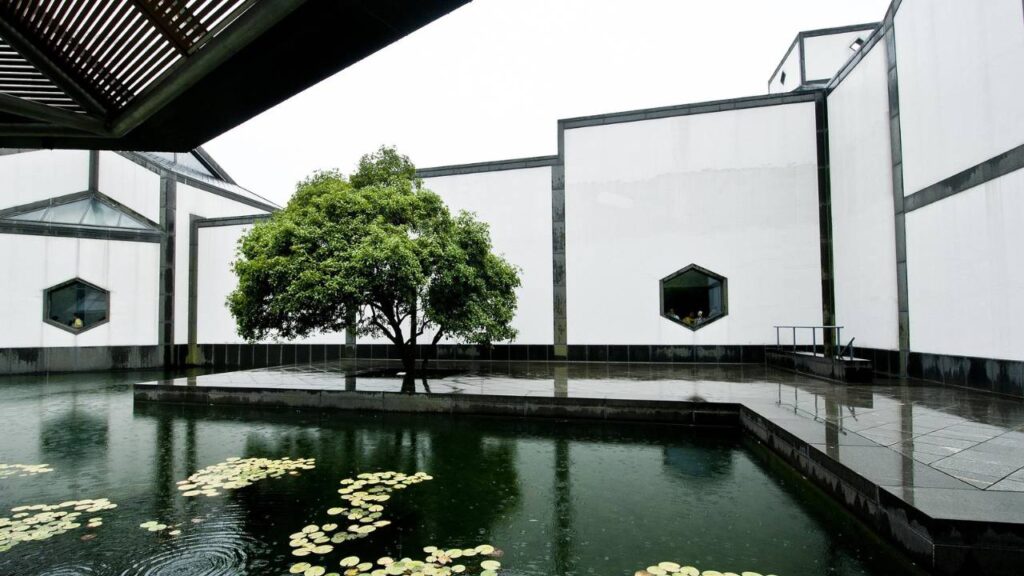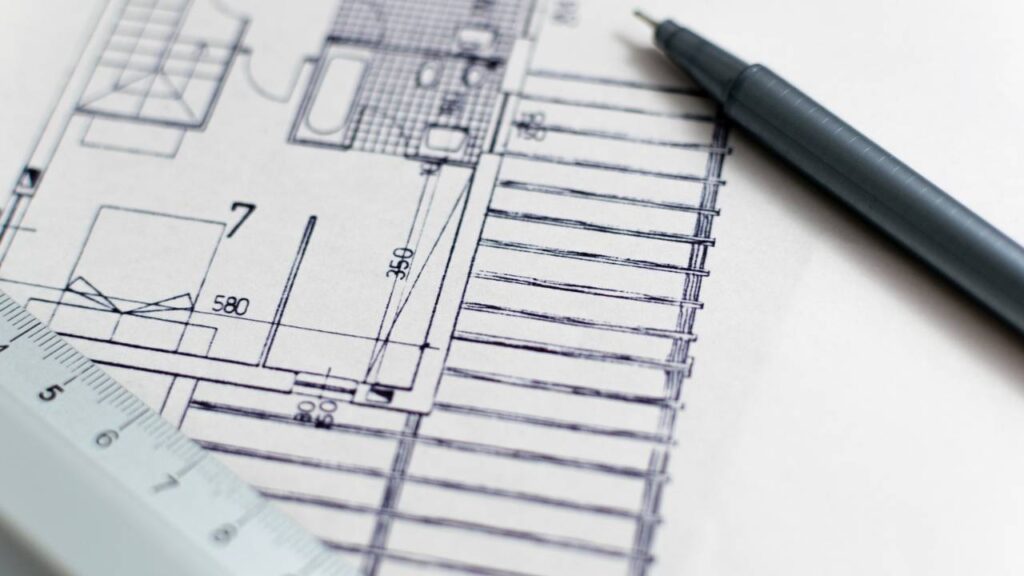A convergence of digital transformation and environmental responsibility is no longer just a trend in today’s rapidly evolving business landscape – it’s a strategic necessity. Organisations across sectors such as construction, facilities management, and smart buildings face mounting pressure to align with ambitious environmental goals while simultaneously upgrading their digital capabilities. With smart systems becoming the norm, setting up a safe IT infrastructure is no longer optional – it’s critical for efficiency, compliance, and sustainability.
What Are Integrated Sustainable Systems?

Integrated sustainable systems encompass a wide range of technologies and approaches designed to minimise resource consumption, reduce waste, and optimise building performance through digital connectivity. These systems transform traditional building components into smart, responsive elements of a larger ecosystem.
Some of the most common integrated sustainable systems include:
- Energy monitoring and management systems: Smart meters, sensors, and control systems that continuously monitor energy consumption, identify inefficiencies and automatically adjust usage based on occupancy, weather conditions, and peak demand periods.
- HVAC automation: Intelligent climate control systems that leverage data from multiple sources to maintain optimal comfort levels while minimising energy consumption, often incorporating predictive algorithms to anticipate needs before they arise.
- Smart lighting: Networked lighting systems that adjust brightness and temperature based on natural light levels, occupancy, and time of day, dramatically reducing energy consumption while improving occupant comfort.
- Waste management systems: Technologies that monitor waste production, optimise collection schedules, and track recycling rates through connected bins and analytical platforms.
What makes these systems truly “integrated” is their connection to a central IT infrastructure that enables data collection, analysis, and automated response. This integration creates a digital nervous system throughout a facility, allowing previously isolated systems to communicate, share data, and work together toward common sustainability goals.
The physical infrastructure of these systems – sensors, meters, automated controls – requires a robust digital backbone to function effectively. This includes networks, servers, storage solutions, and specialised software platforms that collect, process, and translate raw data into actionable insights and automated responses.
The IT-Sustainability Link: Why Integration Matters
The synergy between IT infrastructure and sustainable systems creates a powerful multiplier effect that enhances the capabilities of both. Modern sustainability initiatives depend heavily on the collection and analysis of vast amounts of data, which is impossible without a sophisticated IT foundation.
Real-time data monitoring represents one of the most significant benefits of this integration. When sustainable systems are connected to a robust IT infrastructure, facility managers gain immediate visibility into resource consumption, environmental conditions, and system performance. This real-time insight enables rapid response to anomalies, preventing waste and optimising resource usage continuously rather than periodically.
For example, a smart water management system connected to a central monitoring platform can detect unusual flow patterns that might indicate a leak within minutes, potentially saving thousands of gallons of water and preventing structural damage. Without this IT integration, such leaks might go undetected for days or weeks until visible signs appear or periodic manual readings reveal the problem.
Remote management of environmental systems becomes possible through IT integration, allowing facilities teams to control and adjust systems from anywhere. This capability not only improves operational efficiency but also enables more responsive and precise management of resources. During unexpected weather events, building managers can remotely adjust HVAC settings, close motorised blinds, or modify lighting schedules without physically visiting each control point.
Perhaps most importantly, integrated IT systems enable predictive maintenance for sustainability infrastructure. By analyzing data patterns, machine learning algorithms can identify potential equipment failures before they occur, scheduling maintenance during optimal times and preventing system downtime. This predictive capability ensures that sustainable systems continue to operate at peak efficiency, maximising their environmental benefits and extending their operational lifespan.
The business benefits of this integration extend beyond operational improvements. Organisations with integrated IT-sustainability systems typically experience significant energy savings – often 20-30% compared to conventional buildings. These systems also simplify regulatory compliance by automatically generating the documentation needed for environmental reporting and certification programs like LEED or BREEAM. Additionally, the enhanced visibility and control provided by integrated systems substantially reduce operational risks, from water damage to regulatory penalties.
Real-World Examples: Smart Systems That Depend on IT

Across industries, forward-thinking organisations are implementing integrated sustainable systems that demonstrate the critical relationship between environmental technology and IT infrastructure. These examples illustrate how physical systems and digital capabilities combine to create solutions greater than the sum of their parts.
In modern construction projects, eco-efficient systems are increasingly becoming standard requirements rather than optional additions. For instance, modern builds increasingly call for eco-efficient systems like those provided by Capcon Engineering, whose expertise in drainage and rainwater harvesting complements a strong IT foundation. Their siphonic drainage systems, which move rainwater more efficiently than traditional methods, rely on sensors and monitoring software to ensure optimal performance during varying rainfall conditions.
Similarly, rainwater harvesting systems now incorporate sophisticated monitoring and automation components that depend entirely on secure, reliable IT networks. These systems track collection volumes, filter status, and water quality metrics, automatically routing harvested water to appropriate uses based on quality levels and demand. Without robust networking, secure data storage, and reliable automation platforms, these sophisticated water conservation systems would be reduced to simple collection tanks with limited practical benefits.
Another compelling example is found in the emerging field of building digital twins – virtual replicas of physical structures that incorporate real-time data from throughout the building. These comprehensive digital models allow facility managers to visualise energy flows, occupancy patterns, and system interactions in ways previously impossible.
For all these systems, network reliability and security are non-negotiable requirements. A momentary network outage might mean lost data on critical consumption metrics, while a security breach could potentially allow unauthorised access to building control systems. This underscores why organisations implementing sustainable systems must simultaneously invest in appropriate IT infrastructure, including redundant networks, secure access protocols, and comprehensive monitoring solutions.
Risks of Poor IT Planning for Sustainable Systems
Despite the compelling benefits of integrated sustainable systems, inadequate IT planning can undermine even the most sophisticated environmental technologies. When organisations fail to create an appropriate digital foundation for their sustainability initiatives, they face numerous risks that can negate potential benefits and create new problems.
System activation delays represent a common consequence of poor IT planning. Many sustainability projects have faced months-long delays when organisations discover too late that their existing networks lack the capacity, coverage, or security features needed to support new systems. In commercial developments, these delays can result in missed occupancy deadlines, extended financing costs, and deferred operational savings.
Monitoring errors present another significant risk. Without proper data validation, storage, and processing capabilities, the information collected from sustainable systems may be incomplete, inaccurate, or inaccessible when needed. This can lead to poor decision-making, missed optimisation opportunities, and an inability to demonstrate compliance with environmental regulations or certification requirements.
The financial implications of these failures can be substantial. Without a solid infrastructure, even minor failures in data tracking can lead to your business losing money through inefficiencies or fines. For example, a manufacturing facility that implemented advanced energy monitoring systems but neglected to establish proper data backup procedures lost three months of energy consumption data during a server failure. This data gap resulted in the company paying significant non-compliance penalties under local environmental regulations and losing valuable carbon credits worth approximately $150,000.
Security vulnerabilities in poorly planned systems create additional risks. As sustainable building systems become increasingly connected, they can create new attack vectors for cybercriminals if not properly secured. In a notable case, hackers gained access to a commercial building’s HVAC controls through inadequately protected network connections, manipulating temperature settings and causing equipment damage that required costly emergency repairs.
How to Build an IT Strategy That Supports Sustainability

Creating an effective IT foundation for sustainable systems requires thoughtful planning and a strategic approach that considers both current needs and future expansion. Organisations seeking to maximise the benefits of this integration should follow a structured process that aligns technical capabilities with sustainability objectives.
The first critical step involves assessing existing infrastructure to identify gaps, limitations, and potential security concerns. This assessment should examine network capacity, coverage, reliability, and security features, as well as data storage capabilities, backup procedures, and integration potential with planned sustainable systems. Organisations should also evaluate their current software platforms to determine whether they can effectively manage and analyse the data generated by new environmental technologies.
Once assessment is complete, organisations should partner with IT providers experienced in environmental systems. The specialised nature of sustainable technologies requires IT expertise that goes beyond general network management. Look for providers with demonstrated experience in similar implementations, knowledge of relevant environmental certification requirements, and relationships with major sustainable system manufacturers. These partnerships become particularly valuable when troubleshooting integration issues or planning system expansions.
Security considerations demand special attention in connected environmental systems. Organisations must prioritise cybersecurity for connected devices, implementing appropriate authentication protocols, network segmentation, encryption standards, and monitoring tools. This security-first approach should extend to every device connected to sustainable systems, from sensors and controllers to management workstations.
Implementation should follow a phased approach that allows for testing and validation at each stage. Begin with core infrastructure components that support multiple systems, then gradually integrate specific sustainable technologies in order of priority or complexity. Throughout this process, maintain comprehensive documentation of system architectures, integration points, and security protocols to facilitate future troubleshooting and expansion.
Conclusion
Integrating sustainable systems with a secure and scalable IT infrastructure is no longer a forward-thinking idea – it’s a business essential. From improving energy efficiency and enabling real-time monitoring to ensuring compliance and preventing system downtime, the synergy between IT and environmental technologies delivers measurable, long-term benefits.
As smart, sustainable buildings become the norm, organisations that invest early in reliable digital foundations gain a competitive edge in operational performance, environmental credibility, and cost control.
